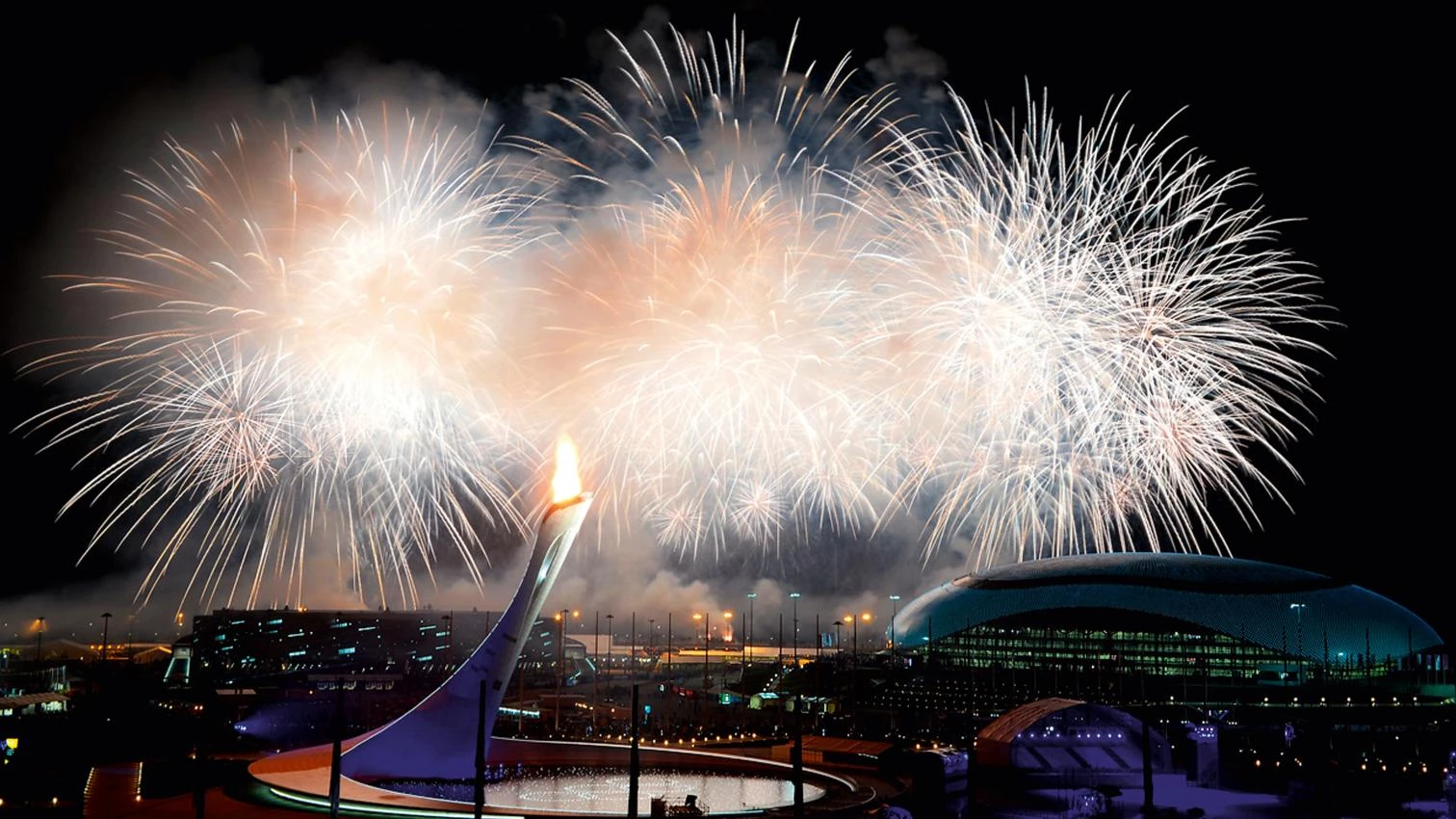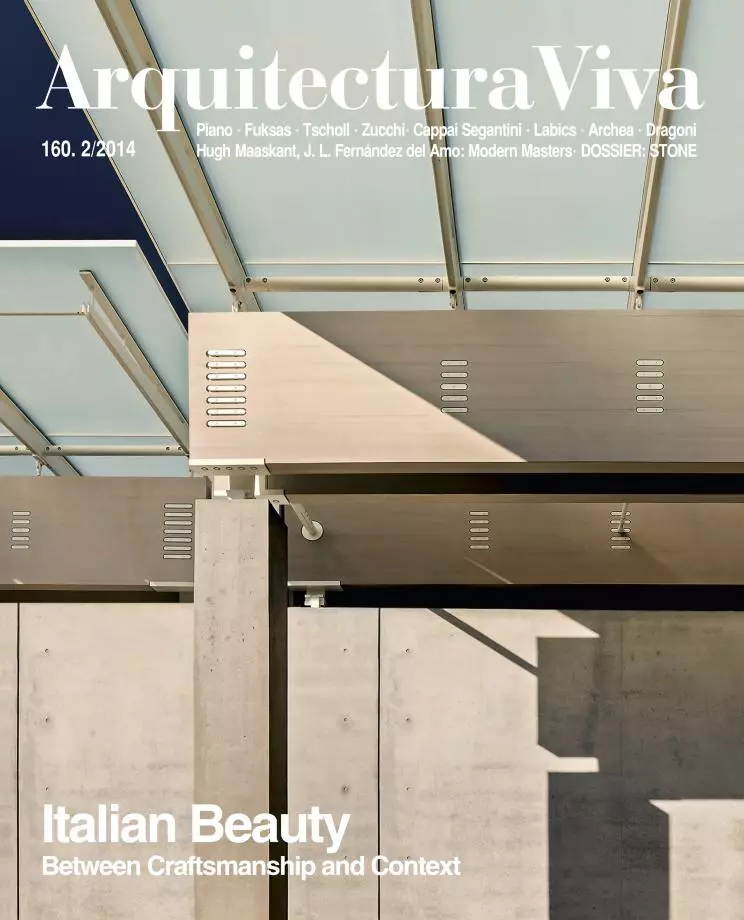
With a ceremony not lacking in copious fireworks and dazzling performances, as the canon for big festivities rules, on 7 February the Winter Olympics opened in the Russian city of Sochi, a popular tourist center located on the Black Sea coast, culminating a process that had taken seven years and in which Vladimir Putin had pinned hopes for the modernization – at least the mediatic modernization – of his country, but which has inevitably been marked by the continued threat of communism, Russia’s straying from the western powers in matters like Syria or the Ukraine, persistent accusations of corruption, or scandals of domestic policy, in particular the laws on ‘homosexual propaganda’ and the jailing of Khodorkovsky and the activists of Pussy Riot, opportunely freed before the start of the Games.
The Olympic event has in any case been an unbeatable opportunity to demonstrate Russia’s organizational capacity and its no less evident aptitude for squander: with a cost of US$51,000 million dollars – twice the amount spent in London and more than ten times the budget for the enlargement of the Panama Canal –, the Sochi Games are so far the most expensive Olympics ever. This enormous quantity of rubles has been invested, however, in a program with architectural attributes. Instead of following the model of dispersion and the garden-city, the buildings are concentrated behind the strict limits of a park whose circular shape of panopticon echoes minimizes commutes and stimulates interaction among athletes. The stadium designed by Populous, which opens on to views of the surrounding mountains, and the Ice Dome Bolshoy by SIC Mostovik, with its LED-dotted shell making one think of a Fabergé egg, are the only two icons in a repertoire of rather restrained buildings, prominent among which, precisely, are the collapsible ones that can be put up elsewhere after the Games.





